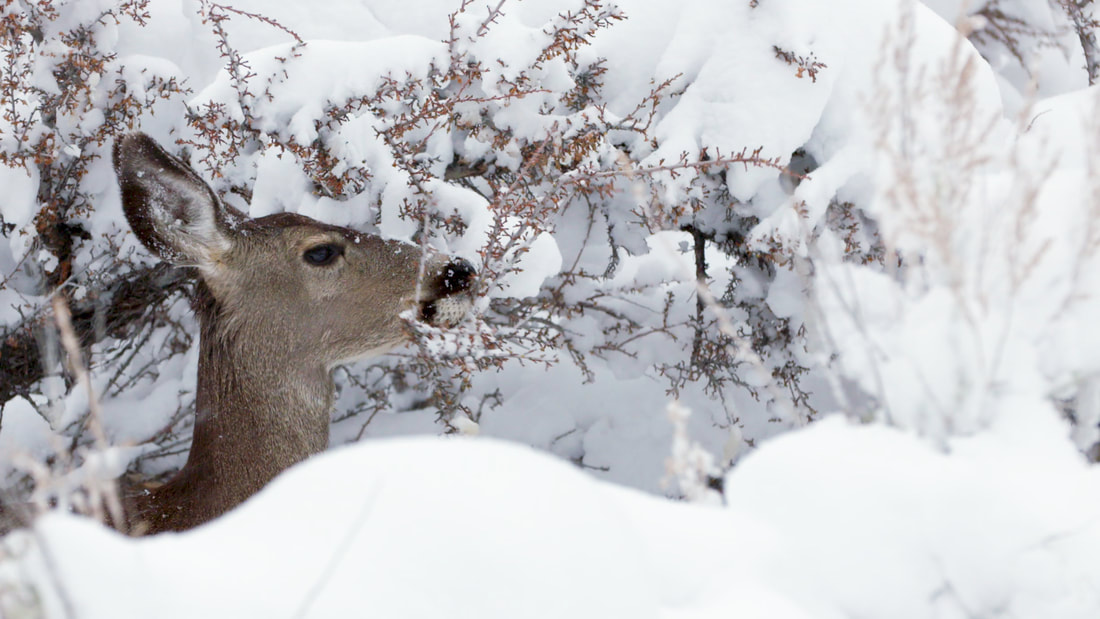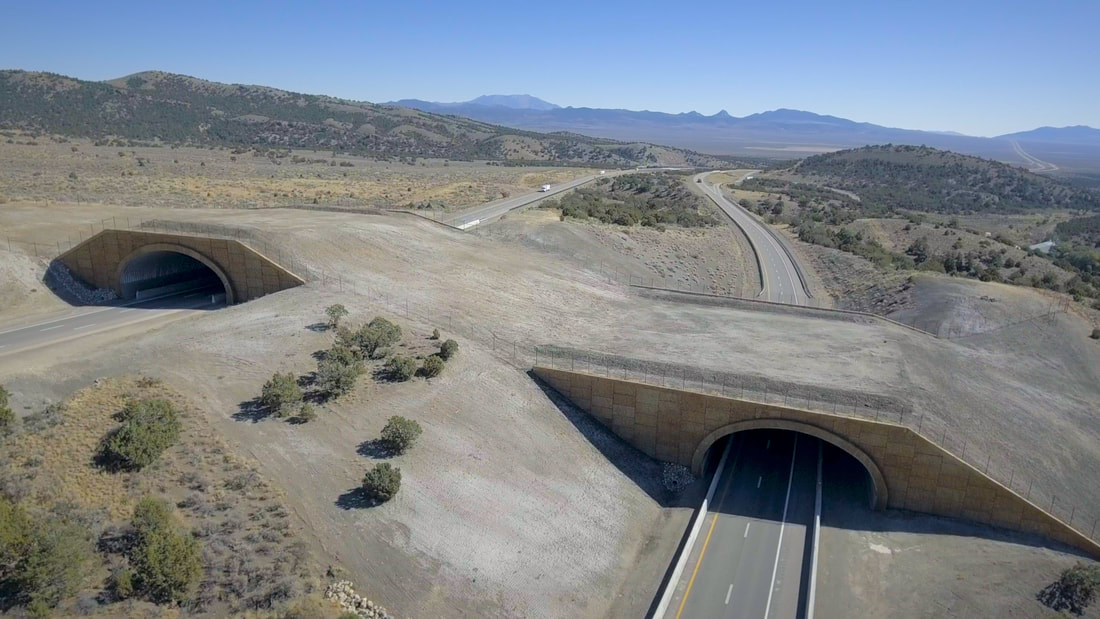|
We reached out to our World Wildlife Day Film Showcase filmmakers to ask them five questions about the experience of making their films.
What inspired this story? Director and Producer Jake Willers: Highways are one of the greatest barriers to wildlife movement on the planet. In the U.S. alone, motorists travel over 3 trillion miles per year – roughly 330 roundtrips between the Earth and Pluto – and a vehicle hits an animal at least every 26 seconds. In addition to killing 1-2 million large animals, these collisions cause 200 human fatalities and over 26,000 injuries, at a cost of more than $8 billion to Americans, every single year. The prevalence of roadkill is both an obvious and unfortunate result of the conflict between the needs of humans and animals. The human need to get to where we are going safely and quickly is a basic expectation of modern society. Yet wild animals need to cross our roads in search of food, mates and shelter. We were inspired to show that roadkill is not simply “bad luck” or an unfortunate consequence of driving, but an avoidable cost and a preventable loss. There are proven solutions to this problem: wildlife crossing structures in areas of known wildlife movement have been shown to reduce motorist collisions with wildlife by up to 97%. In other words, a road that had 100 collisions this year could have as few as 3 next year after installation of wildlife crossings and fencing to guide animals to the structures. The featured wildlife crossing project has improved human safety and welfare with more than 40,000 successful crossings by wildlife documented, reduction in human injuries and fatalities, reduced infrastructure damage, and reduced loss of wildlife. By making these structures visible, people can experience first-hand engineered landscape designs that create safer roads. What impact do you hope this film will have? JW: By showing wildlife crossing structures along I-80 from construction to the restoration of safe passage for migratory mule deer to more than 1.5 million acres of summer and winter habitat, the film demonstrates a local solution to the ubiquitous problem of wildlife-vehicle collisions. Wildlife crossing structures present a timely opportunity to communicate both the problems and the solutions to the general public. By sharing the remarkable story of the decade-long effort by the Nevada Department of Transportation (NDOT) and its partners to improve human safety by re-connecting a historic mule deer migration we hope to raise awareness and build public support for crossings and help departments of transportation across the United States and beyond accelerate their road mitigation projects for wildlife. Describe some of the challenges faced while making this film. JW: The greatest challenge we faced filming (Re)Connecting Wild - Restoring Safe Passage was capturing mule deer actually using the overpass itself. During the first migration once the overpass structures were in place and open for use, it took a while for the deer to figure out that the fences that prevented them from crossing the road would lead them to the crossing structures. This meant that they spent a lot of time hanging around the fence line before crossing. Many 12-15 hour days were spent with our cameras focused on the overpass waiting for deer. The odd one would cross now and again, but we were really waiting for a group. Finally a few groups were filmed, the largest being 17 individuals. We were hoping for more, but as with all wildlife filmmaking, you get what you get in the time you have! More information: www.arc-solutions.org, www.9caribou.com, #(re)connectingwild, #wildlifeoverpass, www.nevadadot.com
1 Comment
|
Archives
March 2024
Categories
All
|
Contact UsJackson Wild
240 S. Glenwood, Suite 102 PO Box 3940 Jackson, WY 83001 307-200-3286 info@jacksonwild.org |




 RSS Feed
RSS Feed